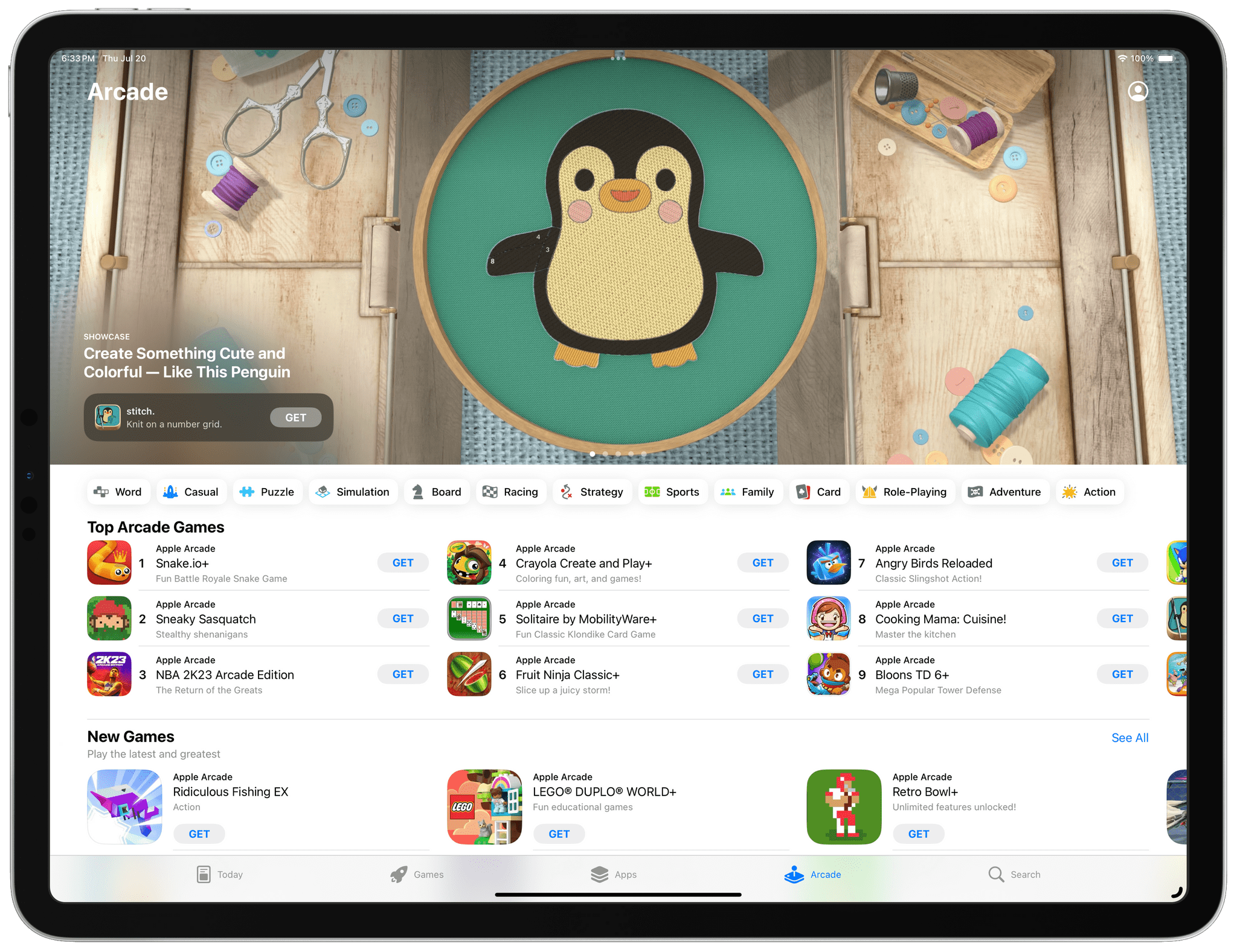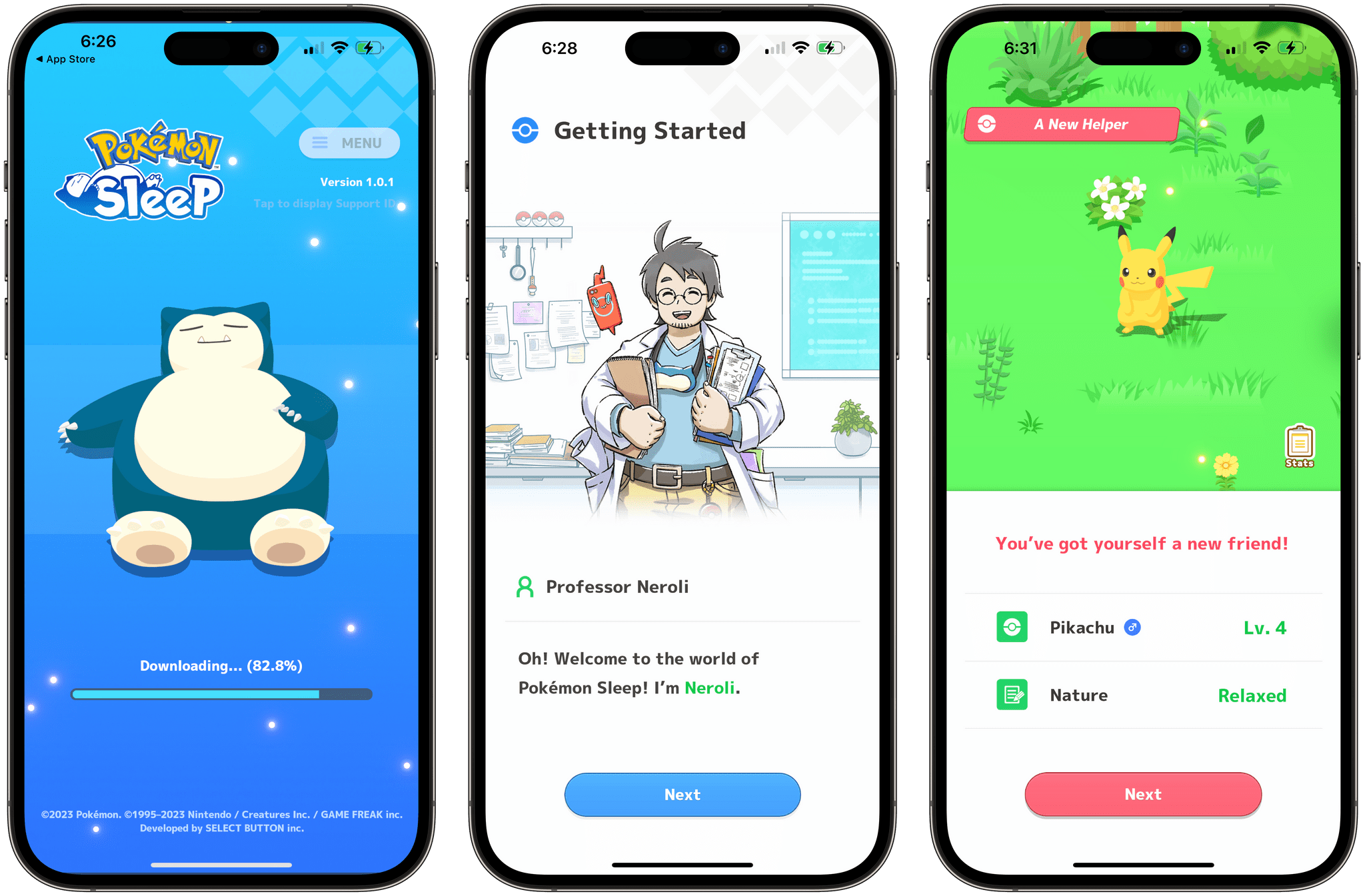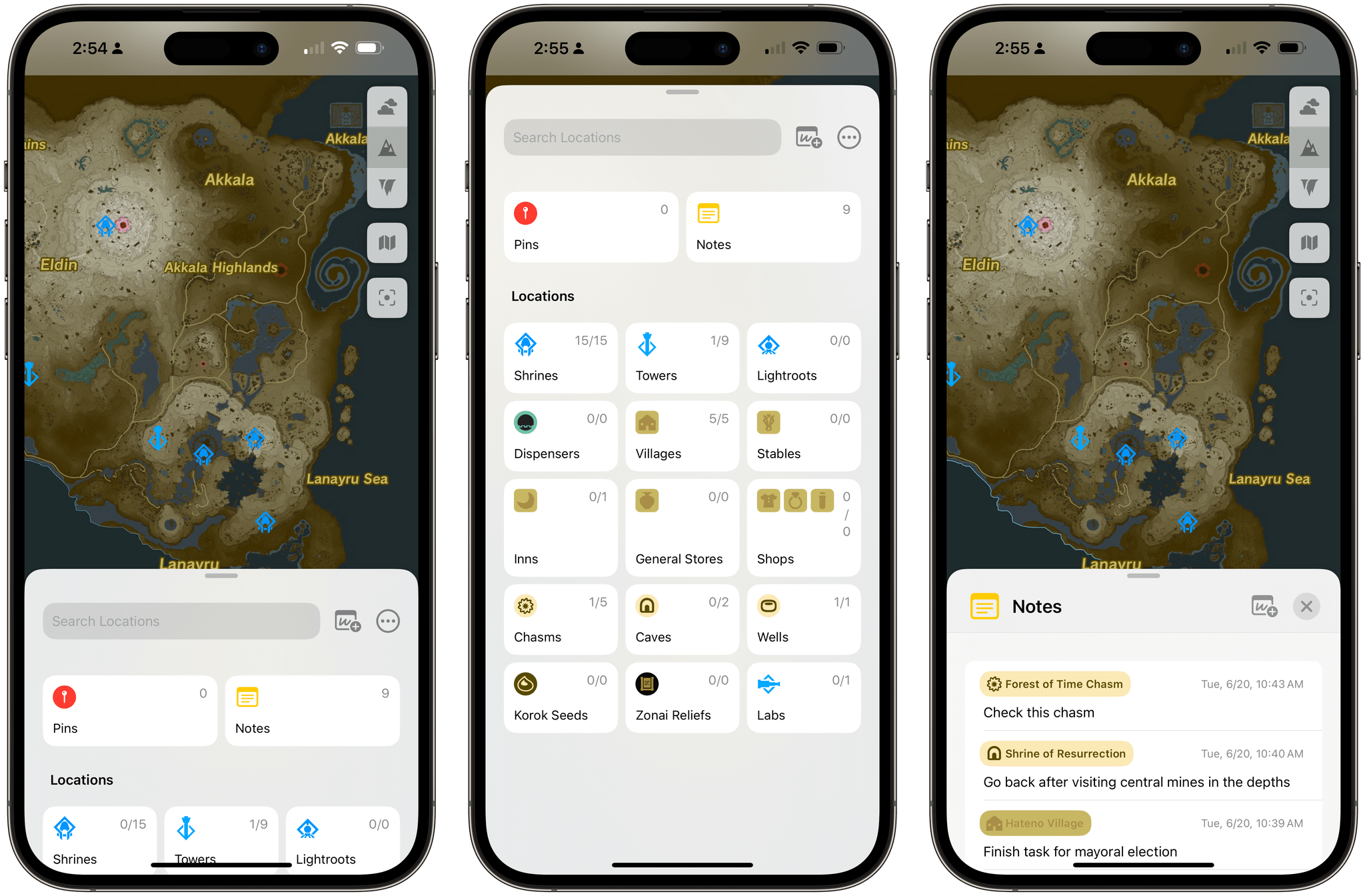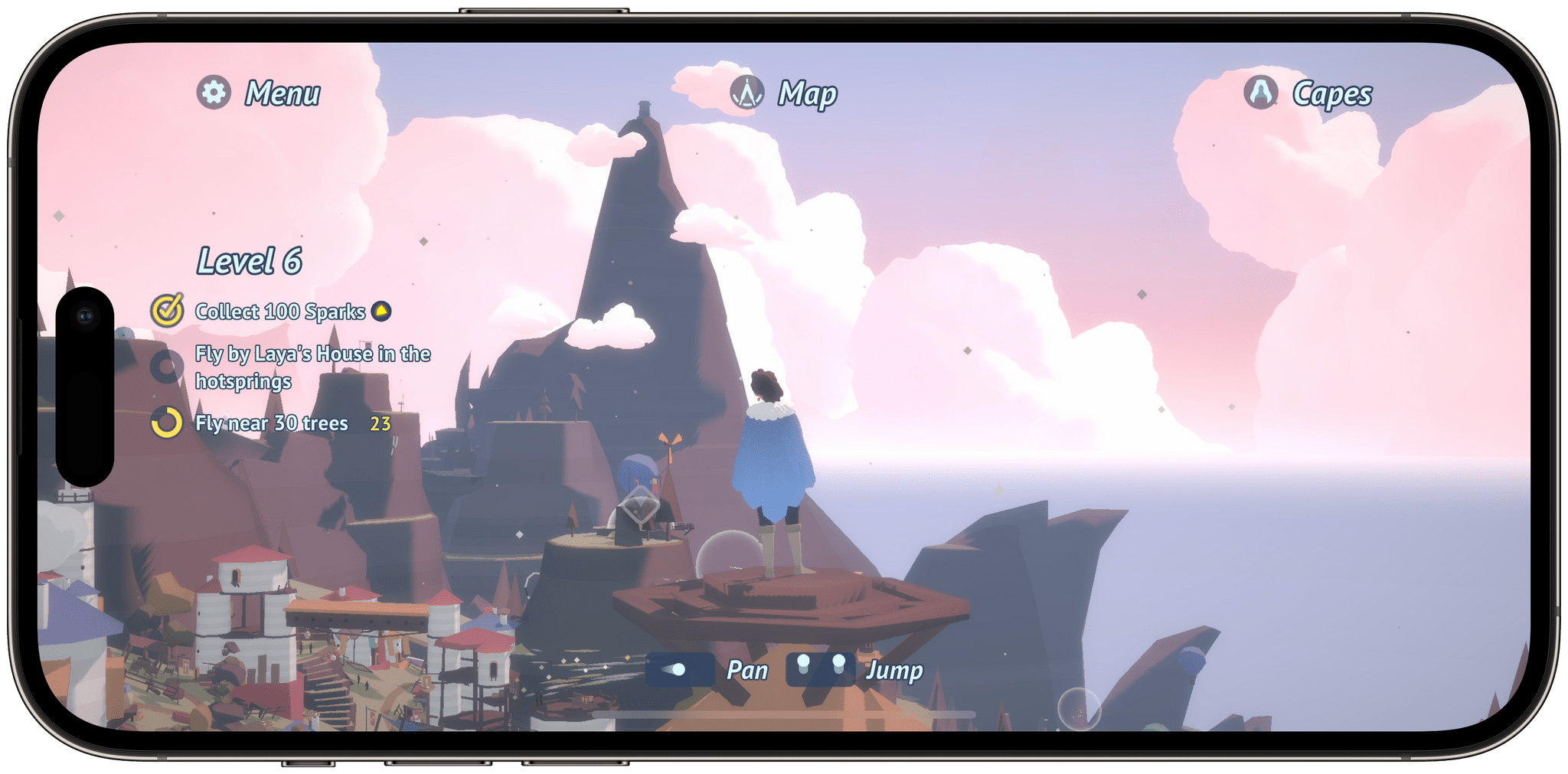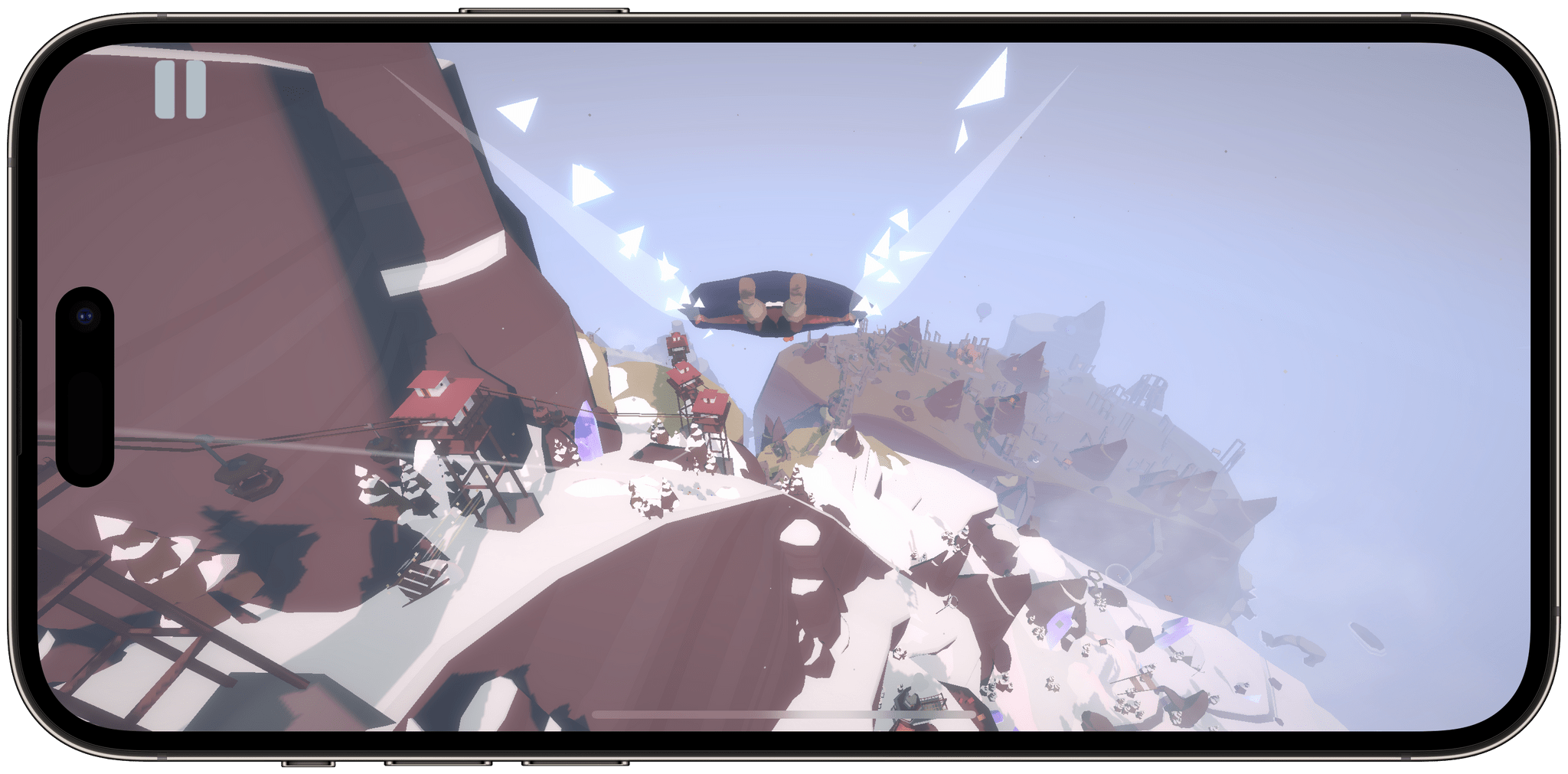The videogame industry is huge, surpassing movies and music by wide margins. Apple has seen a lot of success with mobile games, but it’s history with desktop gaming leaves a lot to be desired. However, one thing is clear. Apple wants to expand its presence in the videogame industry and sees Apple silicon as the key to its success.
While the jury’s still out whether the company’s ambitions will succeed, beginning today, we’ll be publishing periodic roundups highlighting the biggest news in gaming on Apple’s platforms. From the iPhone and iPad to the Mac and Vision Pro, we’ll cover the big name games coming to Apple devices, along with notable industry and developer news.
.](https://cdn.macstories.net/screenshot-2023-07-17-at-3-18-42-pm-png-1689789571490.jpeg)
What the Golf? running on visionOS. Source: Unity.
This week, Unity announced a beta program for PolySpatial, a tool for visionOS developers that integrates with other Unity tools to help developers bring their Unity-based games to Apple Vision Pro. I wrote about the company’s announcement, which also revealed that Triband’s What the Golf? is being adapted for visionOS, earlier this week where you’ll find links to Unity’s blog post about PolySpatial and its beta program.
This week, I also covered a story by Lewis Gordon on The Ringer that takes an in-depth look at Netflix Games’ history and ambitions. It’s a fascinating look at a the video streaming company’s efforts to place a lot of small bets on mobile platforms like the iPhone and iPad, as well as console and PC gaming, in an effort to stay relevant to its subscribers.
There was big game news this week too. Pokémon Sleep, a gamified sleep tracking app from The Pokémon Company that’s been in development since at least 2019 debuted on iOS and Android. According to Ash Parish at The Verge:
Sleep works by having you place your phone on your pillow after doing any of the fifty ‘leven million Pokémon-themed activities you can do nowadays. (Back in my day, all we could do was catch ‘em all — all 151 of them — and we liked it!) The app purports to track your sleeping habits via your phone, and when you wake up in the morning, the app will tell you how well you slept and compare your sleeping style to that of other ‘mon.
If you think Pikachu might help you get a good night’s sleep, you can download the game from the App Store here.


